BMC's heritage department teams up with conservation architect Rahul Chemburkar to revive drinking water facility at 21 colonial-era water fountains, including four at Byculla Zoo
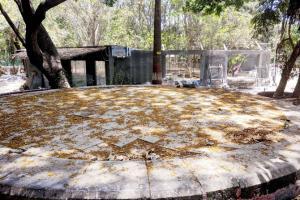
The site where Seth Samaladas Nasidas Pyaav, which boasts of lion spouts on three sites
If all goes as per plan, Mumbai's colonial-era water fountains, locally known as pyaavs, will serve the purpose they were originally constructed for. As part of a new initiative called Pyaav Circuit, the heritage department of the BMC, which has already begun restoring several pyaavs in the city, will supply filtered drinking water at 21 such fountains that are currently dilapidated.
ADVERTISEMENT
The first leg of the project will begin with restoration of four drinking fountains at Veermata Jijabai Udyan and Zoo in Byculla, of which one will be part of a cascade fountain. Civic officials said that they will float the tender by the end of this month. The work, which will continue through the monsoon, will take 10 months to complete.
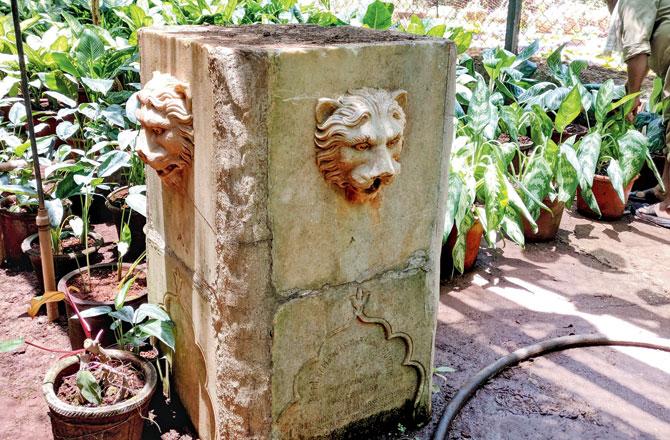
Will be installed to create a cascade fountain at Veermata Jijabai Udyan and Zoo in Byculla
Restoring the quartet
The four fountains are situated at different locations inside the Byculla zoo. While two of them named Ardeshir Dadyshet pyaavs are identical, the third one is named Khimji Mulji Randeria Pyaav. The fourth one, Seth Samaladas Nasidas Pyaav, will be part of a cascade fountain. "While three of the fountains are intact, the fourth pyaav's top portion is missing. Hence, we thought of putting it to better use. We are planning to construct a cascade fountain, which will have a seating area for people," said an official from the heritage department.
The BMC has appointed conservation architect Rahul Chemburkar as consultant for the project, to oversee the restoration work. While the two identical pyaavs named Ardeshir Dadyshett Pyaav has an overhead space that can be used to store water storage tank as well as the filtration system, Chemburkar said that the tank for the Khimji Mulji Randeria Pyaav will have to be installed on top of a platform. In order to give them a common look, Chemburkar said that they will use natural cobblestone in all the pyaavs. These three pyaavs will cost the BMC around R25 lakh each to restore. "We will install filters and storage water tanks, as natural water is no longer available at these fountains," he said.
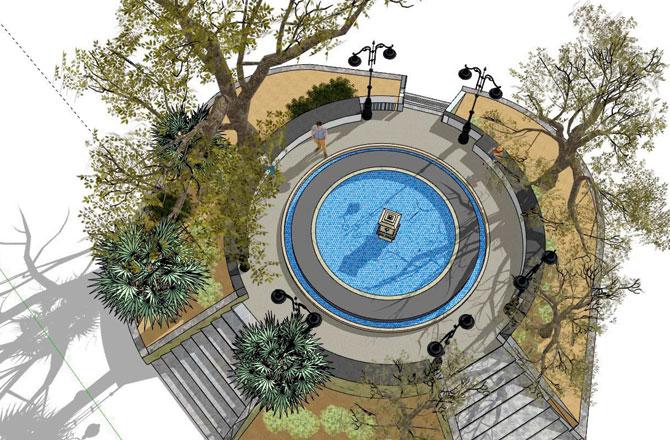
An artist's representation of the cascade fountain. Pic courtesy/Vaastu Vidhan Projects
However, Seth Samaladas Nasidas Pyaav, which has spouts in the face of a lion on three sides, will cost Rs 30 lakh. The particular pyaav will be placed at the centre of the cascade fountain. "We will create a trough around the pyaav and the water will overflow into an outer trough. A filtration unit will be installed underneath the fountain and the water will flow through it. We are planning to replicate a koi pond, with different kinds of fish inside it," said the official. There will also be a paved pathway on three sides of the cascade fountain and a ledge for people to sit.
He pointed out that even though all four of the fountains are made of similar kinds of material, there are architectural variations. "Creative use of the Malad stone and Porbandar stone can be seen in the pyaavs at Ranibagh. Every pyaav, however, has its own indigenous water engineering and water dispensing method. The architectural expression also varies from pyaav to pyaav," he said.
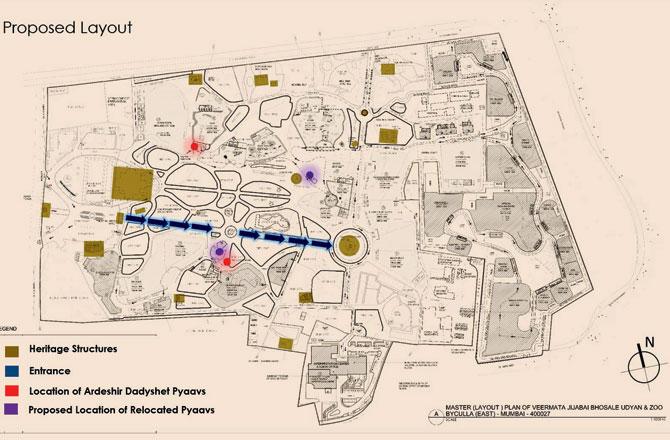
The proposed site (in purple) inside the zoo, where the Ardeshir Dadyshet pyaavs will be installed
Once restored, Chemburkar said that these fountains will add to the drinking water sources in the city. "The strategy is to revive the socio-cultural importance of the pyaavs by reinstating its character."
Completing the circuit
Apart from restoring these four structures, Chemburkar has also been tasked with restoring 17 other pyaavs located in Kalbadevi, Mazgaon, Dadar, Lower Parel and Bandra. While some of these pyaavs date back to 1865, others were constructed in the early 1900s. As part of the comprehensive conservation project, all the 21 pyaavs will be connected in a circuit. Officials at the heritage department feel that this can be an opportunity to boost tourism in the city. "This initiative of reinstating the original character of the pyaavs in the city as a source of drinking water is being done for the first time," said an official.
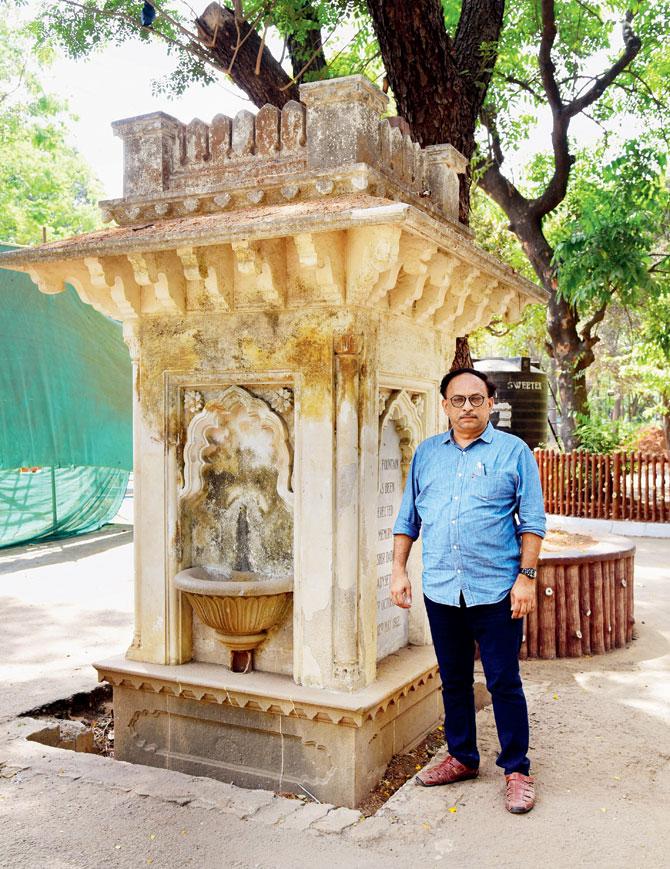
Chemburkar has also proposed that a information plaque be erected next to the fountain. "The plaque will include the history of the structure along with archival photographs, if available. There will also be a QR code that will connect people to information about the entire Pyaav Circuit," he said, adding that if all the approvals are in place, work on all 21 pyaavs should take around two years.
21
Total no. of restored pyaavs that will have a drinking water facility
Catch up on all the latest Crime, National, International and Hatke news here. Also download the new mid-day Android and iOS apps to get latest updates
 Subscribe today by clicking the link and stay updated with the latest news!" Click here!
Subscribe today by clicking the link and stay updated with the latest news!" Click here!






